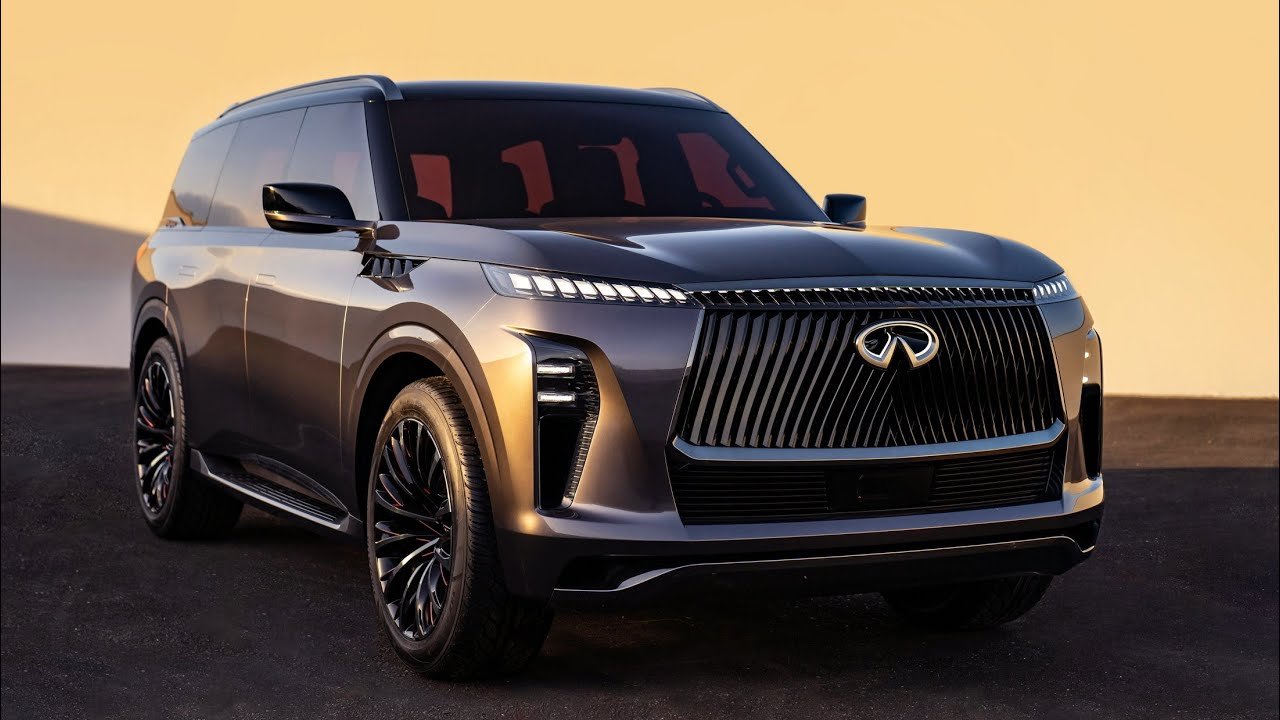
Key Takeaways
- Auto insurance is essential for financial protection against accidents and unforeseen events.
- Understanding different coverages can impact your insurance decisions.
- Technology and trends are reshaping the auto insurance landscape.
- Being informed empowers better choices and preparedness on the road.
Table of Contents
- Introduction to Auto Insurance
- Types of Auto Insurance Coverage
- Factors Influencing Your Auto Insurance Premiums
- The Impact of Technology on Auto Insurance
- Tips for Choosing the Right Auto Insurance
- Common Myths About Auto Insurance Debunked
- The Future of Auto Insurance
- Conclusion: Staying Informed for a Safer Journey
Auto insurance is more than just a legal requirement—it’s an essential safeguard for any motorist against unpredictable road events. It serves as a vital financial safety net, sheltering drivers from unforeseen costs associated with accidents, damages, or theft. Imagine navigating the aftermath of a collision without it; the economic implications could be devastating. This coverage ensures you’re prepared for life’s unexpected turns, offering peace of mind and protecting your financial well-being.
There is a wide array of options within the realm of auto insurance, each designed to cater to specific needs and circumstances. From basic liability coverage to more comprehensive offerings, understanding how these components fit together can empower you to make decisions that best match your lifestyle and driving habits.
As technology advances and consumer demands change, having a comprehensive grasp of how auto insurance operates is increasingly vital. Empower yourself with the knowledge you need to navigate this complex landscape effectively.
Related: The Peace of Mind That Comes With Auto Insurance
Introduction to Auto Insurance

Auto insurance isn’t just a precaution; it’s a fundamental component of responsible vehicle ownership. In the unfortunate circumstance of an accident, insurance offers protection for damages and liabilities that could occur.
Beyond meeting legal requirements, auto insurance offers a critical layer of protection that can save you from substantial financial loss. Without this safety net, drivers face the daunting prospect of paying out-of-pocket for damages, legal fees, or medical expenses, which could quickly spiral into long-term financial hardship.
Types of Auto Insurance Coverage
Understanding the different forms of auto insurance coverage can significantly influence your policy choices and financial security. Here’s a closer look at the options available:
- Liability Insurance: In the regrettable occurrence of an accident, insurance offers protection for any damages and responsibilities that could emerge. It is often the most basic level required by law and essential for protecting your financial future.
- Collision Insurance: Protects against damages to your car caused by an accident, irrespective of who is responsible. This type of coverage is crucial for drivers looking to protect their investment in their cars.
- Comprehensive insurance protects against non-collision-related theft, vandalism, and natural disasters. It can provide peace of mind for those worried about unpredictable events.
- Gap Insurance: This specialized coverage pays the difference between the car’s actual cash value and the remaining amount owed on a lease or loan. It’s especially valuable for new car owners or those with significant financing.
- Personal Injury Protection: Commonly referred to as PIP, this insurance covers medical costs for you and your passengers after an accident, no matter who is at fault. It’s a critical component for comprehensive safety planning.
Factors Influencing Your Auto Insurance Premiums
Your insurance premiums, or the amount you pay periodically for your coverage, can vary significantly based on several factors. Age and driving record are significant factors; younger drivers, statistically at greater risk of accidents, frequently encounter elevated rates.
Moreover, the type of vehicle you drive and its safety features can influence the cost. Additionally, factors like your geographical location play a role—urban settings may see higher premiums due to increased traffic and accident risk.
The Impact of Technology on Auto Insurance
Technology swiftly alters the auto insurance landscape, providing new avenues for policyholders and insurers. One significant development is telematics, which involves monitoring driving habits through devices or smartphone apps.
This data allows insurers to offer more tailored policies based on actual driving behavior, potentially leading to lower premiums for safe drivers. Furthermore, advances in automated claims processing improve efficiency and transparency in resolving issues.
Related: Understanding Auto Insurance: Coverage Types and Tips for Policyholders
Tips for Choosing the Right Auto Insurance
Choosing the appropriate auto insurance policy requires thoughtful evaluation of your requirements, financial circumstances, and risk appetite. Begin by assessing your coverage needs—consider factors such as your vehicle’s value, your daily driving habits, and your ability to pay out-of-pocket expenses in case of a minor accident.
Shop around; comparing quotes from multiple insurers ensures competitive pricing and reveals the range of services and coverages available. Additionally, look into an insurer’s reputation; well-reviewed companies often offer more reliable customer service. Finally, examine additional policy features, such as discounts for safety features or bundling options, which can enhance coverage and reduce costs.
Common Myths About Auto Insurance Debunked

Misunderstandings about auto insurance can lead to costly mistakes. A widespread misconception is that your car’s color influences insurance rates—this is incorrect since your driving history, area, and vehicle type mainly determine premiums.
Another myth is that older drivers always pay the most, yet premiums tend to decrease after age 25 and can remain low with a clean driving history. Clarifying these myths helps you make informed decisions about your coverage.
The Future of Auto Insurance
The future landscape of auto insurance looks diverse and dynamic, with emerging technologies continuing to challenge traditional models. Incorporating artificial intelligence and machine learning promises to improve risk assessment accuracy and streamline claims processing.
Meanwhile, the rise of autonomous vehicles could revolutionize risk pools and liability considerations altogether. Moreover, regulatory changes responding to these innovations may further redefine the priorities and operations of insurance providers.
Conclusion: Staying Informed for a Safer Journey
Staying informed about auto insurance ensures that you remain well-prepared to navigate the complexities of the road. As technological trends evolve and the market adapts, a proactive approach towards your insurance needs is invaluable. With an understanding of current options and future possibilities, you can secure the best protection, ensuring peace of mind every time you embark on a journey.



